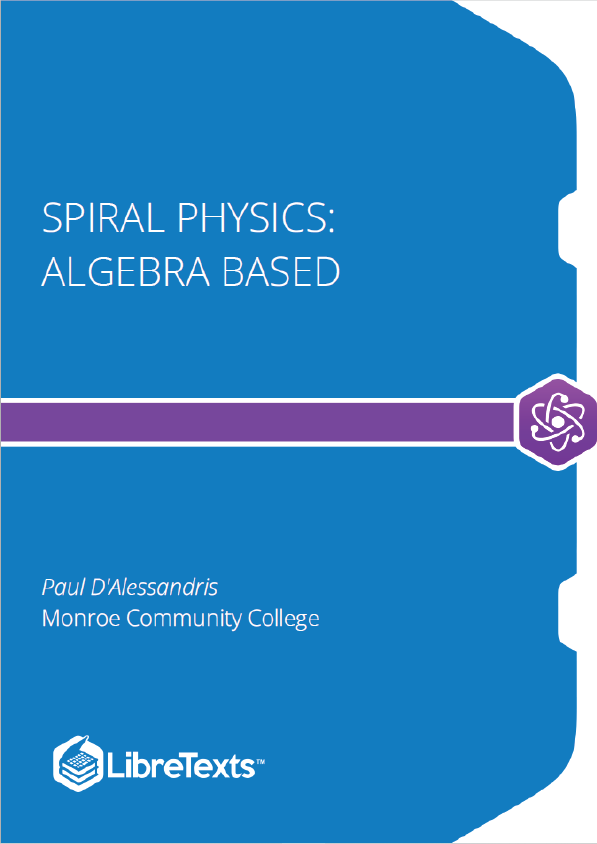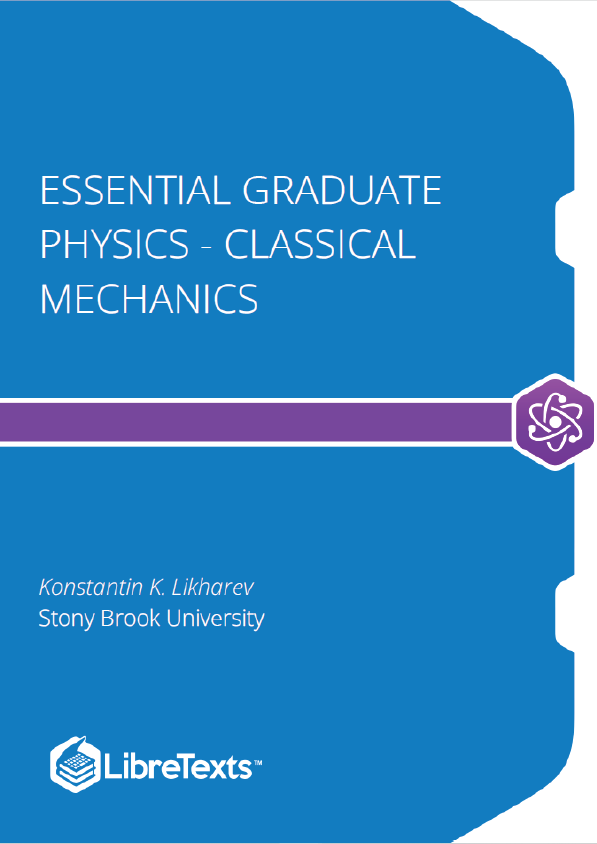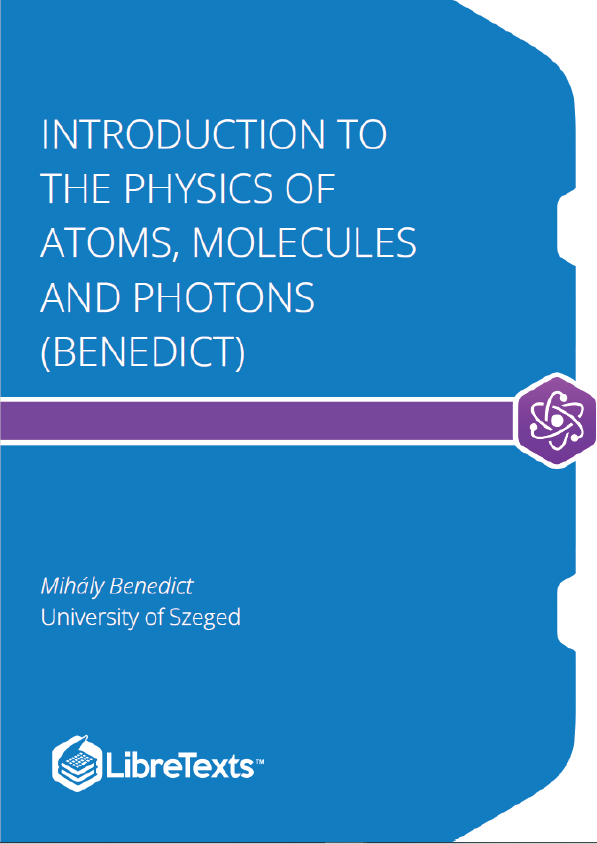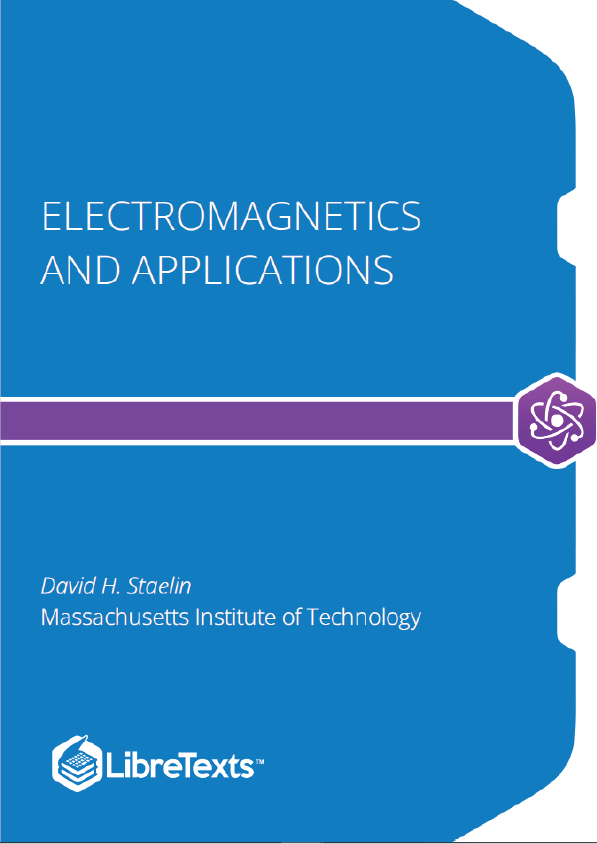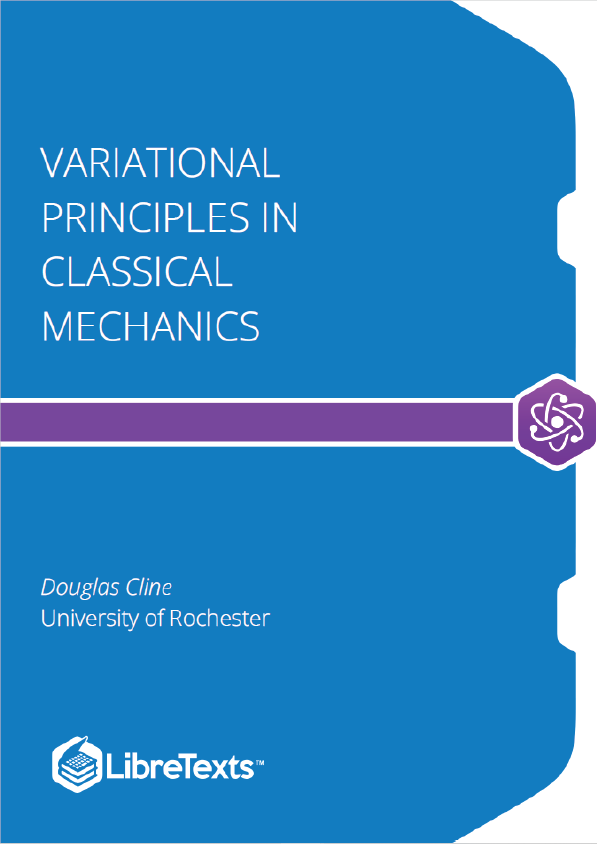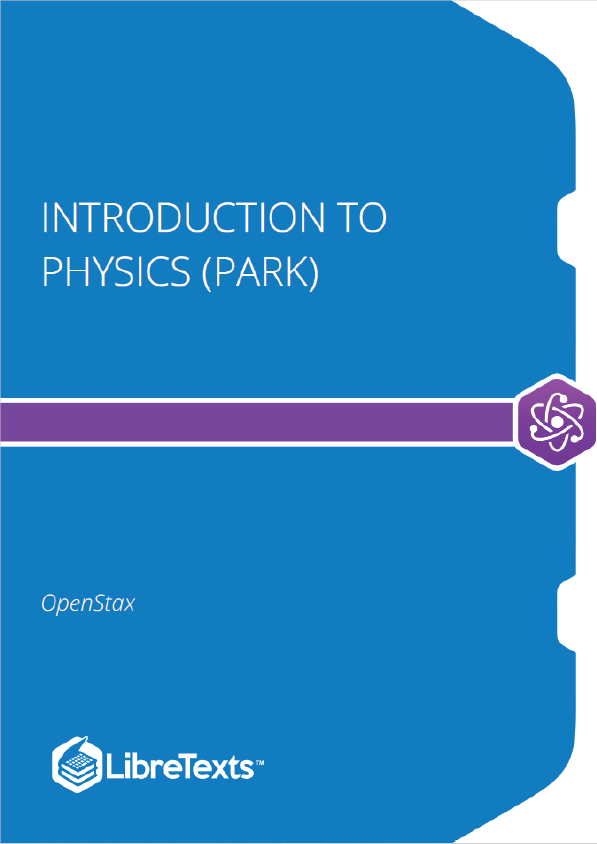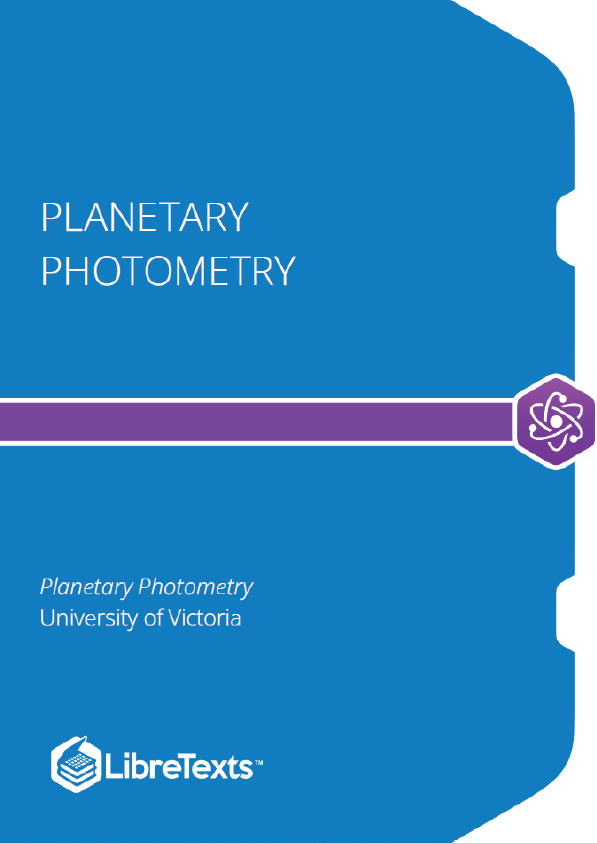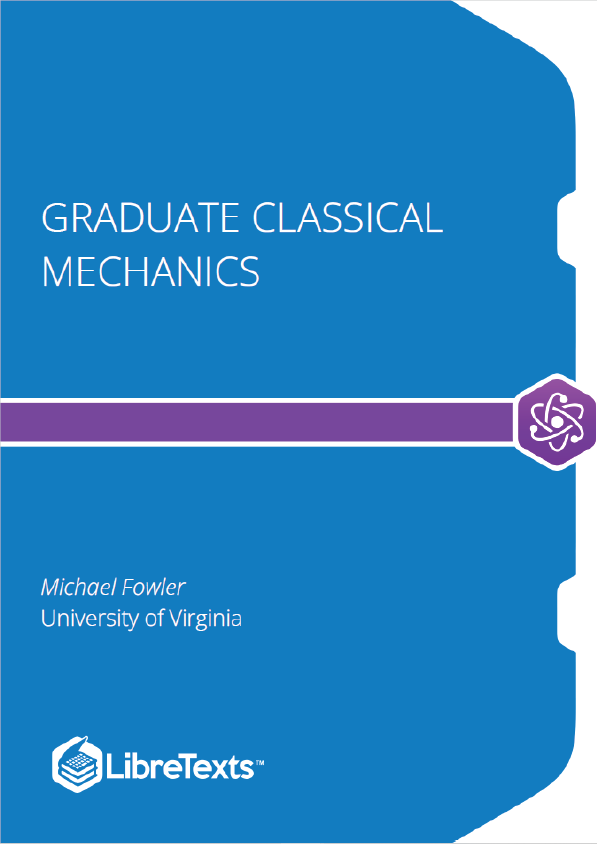Spiral Physics is a research based introductory physics curriculum developed at Monroe Community College. There are several important features of this curriculum. It integrates text and workbook activities in a modular fashion, and arranges topics so that students receive repeated exposure to concepts with increased complexity. It makes use of alternative problem types, including goal-less problem statements, ranking tasks, and critical analysis tasks. It restricts the equation set available for student use and is designed to facilitate active learning.
Electric Charge, Electric Field and a Goofy Analogy
We all know that electrons and protons have electric charge. But what is electric charge and what does it mean for a particle, like a neutron, to not have electric charge[1]? On one level, the answer is that electric charge is the ablility to create and interact with an electric field. Of course, this begs the question, what is an electric field? To try to answer this question, let’s look at mass and the gravitational field.
In Newton’s theory of gravitational, every object that has mass creates a gravitational field. The object with mass is termed the source of the gravitational field. The source’s gravitational field, which fills all of space, encodes information as to the location and mass of the source into space itself. It’s almost as if an infinite number of little business cards have been printed and distributed throughtout space with detailed information concerning the source’s characteristics. The gravitational field can be thought of as a huge number of business cards embedded into the fabric of space.(No, I am not joking, it looks like this.)
Charge and Charge Density
Macroscopic objects are normally neutral (or very close to neutral) because they contain equal numbers of protons and electrons. All charged objects are charged because of either an excess of lack of electrons. (It’s much easier to add or remove electrons from an object than trying to add or remove the protons tightly bound inside the nuclei of its atoms.) Thus, the electric charge of any object is always an integer multiple of the electric charge on an electron.
Because of its fundamental importance, the magnitude of the charge on an electron is termed the elementary charge and denoted by the symbol e. In a purely logical world, the charge on any object would be reported as a multiple of e. However, since the charge on a macroscopic system can be many multiples of e, a more user-friendly unit, the coulomb (C), typically used to quantify electric charge. In this system, Thus, you can consider the charge on an electron as an incredibly small fraction of a coulomb, or a coulomb of charge as an incredibly large number of electrons.
